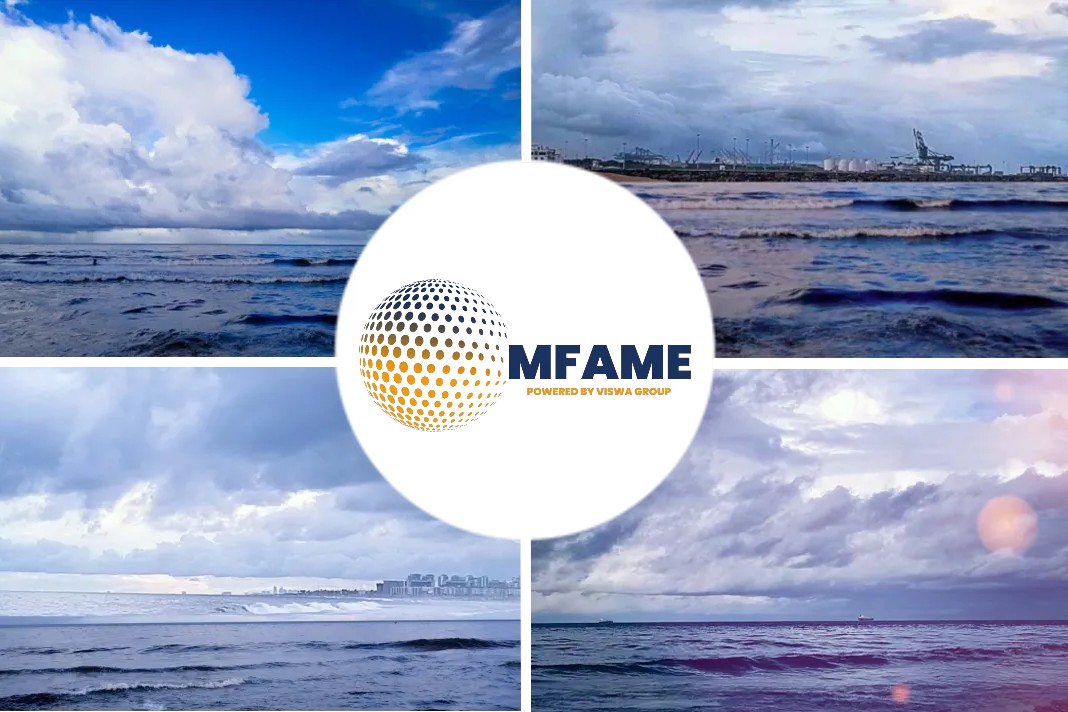- Jerome Leprince-Ringuet, Managing Director of Total Marine Fuels Global Solutions, at the (SIBCON) 2020 shared some insights on the post IMO 2020.
- Capacity of the liquified natural gas (LNG) bunker fuel market- which he believes is strengthened by the baptism of fire that is the Covid-19 related oil market crash.
SIBCON 2020: TMFGS shares view on post IMO 2020 capacity of LNG cargo and bunker market, says a news report in Manifold Times.
More LNG carriers
- Shipowners will also be able to retrofit their vessels later on to handle low flashpoint fuels.
- There may be the option of installing carbon capture and storage to further reduce the impact of any carbon emissions.
“TOTAL’s LNG trades are expected to grow to 50 million tonnes per year by 2025, increasing by 10 million tonnes per year from 2020, and Total is projected to have more than 20 LNG carriers at that time,” said Leprince-Ringuet.
“Right now, LNG is probably the best fuel of choice to balance the shipping energy dynamics until a stable zero carbon fuel can be implemented because LNG allows for much adaptability.”
LNG bunkering post COVID
While Covid-19 related problems have impacted the prices of both conventional fuels and LNG, data shows that the price of conventional fuels is more volatile than gas, says Leprince-Ringuet.
Through the volatility of Covid-19 market conditions, LNG as a bunker fuel has proven itself to be maturing and an economically viable solution as the price spread between LNG and conventional bunker fuel has generally remained consistent compared to 2017.
Changing LNG economics and how this will help shipping
An unexpected development in the energy market is that more LNG trades are being made on a short-term basis (spot trading), according to Leprince-Ringuet.
Traditionally, contracts in the gas trading industry are structured in the form of very long-term contracts (decades). However, 34% of trades last year were short term trades, signaling that globally the energy market is evolving towards spot trading which is more suited to the bunkering industry.
Leprince-Ringuet’s top tips for LNG bunkering to become a viable option moving forward:
Build confidence for decision makers to turn to LNG as a marine fuel
- It is not easy to turn to a fuel that you need to store at minus 162 degrees Celsius.
- Crew that operate either LNG bunker tankers or LNG powered vessels need to have the proper training and certification for a smooth and safe transition.
Standardisation of LNG bunkering equipment and administration to establish best practices
- Standardisation should not just be limited to equipment but should include licensing schemes, port regulations, and everything else that goes with the license to operate.
- Organisations such as SGMF and IAPH have been proactive in establishing industry regulations and procedures to welcome the uptake of LNG bunkering.
The market for LNG bunkering is diverse, and conventional suppliers will do well to find their niche in order to find opportunities
- The various types of demand ranges from local, to regional to global and involves different features such as scheduling flexibility, credit risk, and bespoke solutions.
“LNG bunkering requires different skills and organisations compared to conventional bunkering. Therefore, there is space and opportunity for stakeholders to serve the market’s growing needs and bunkering expectations,” concludes Leprince-Ringuet.
Did you subscribe to our daily newsletter?
It’s Free! Click here to Subscribe!
Source: Manifold Times






















